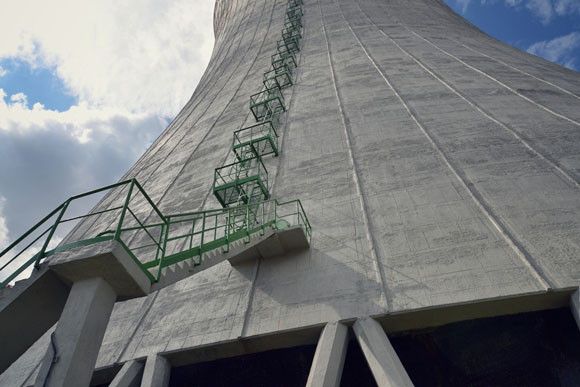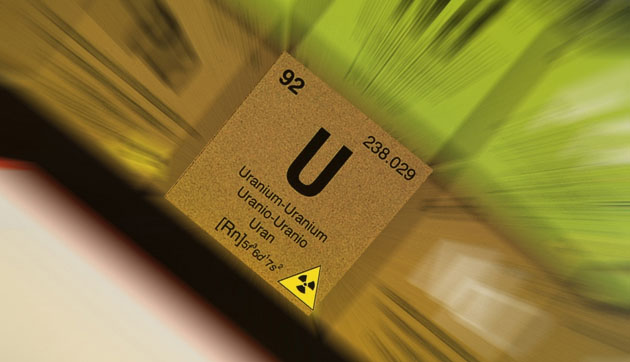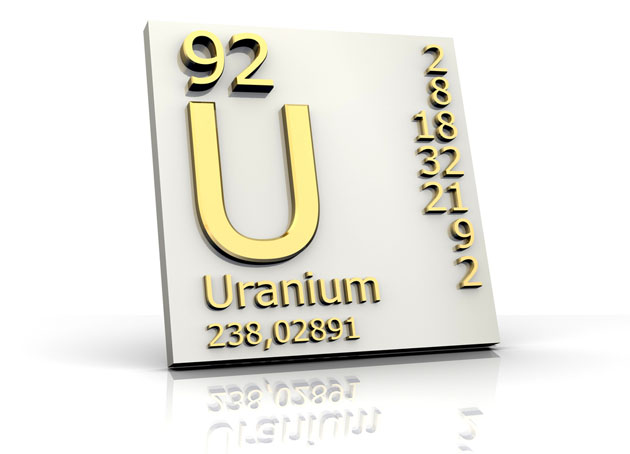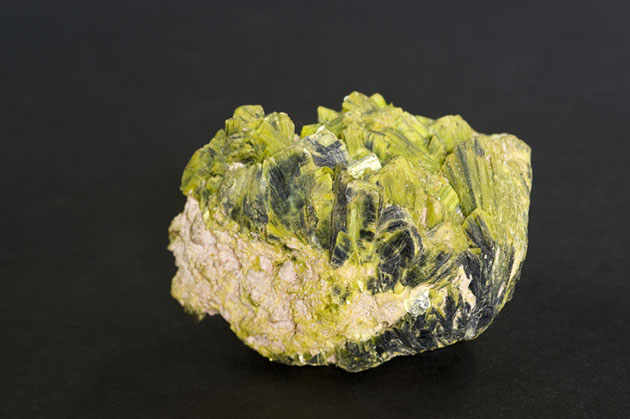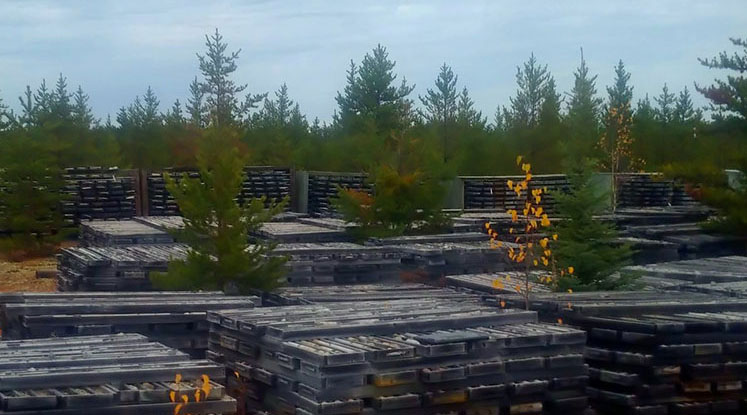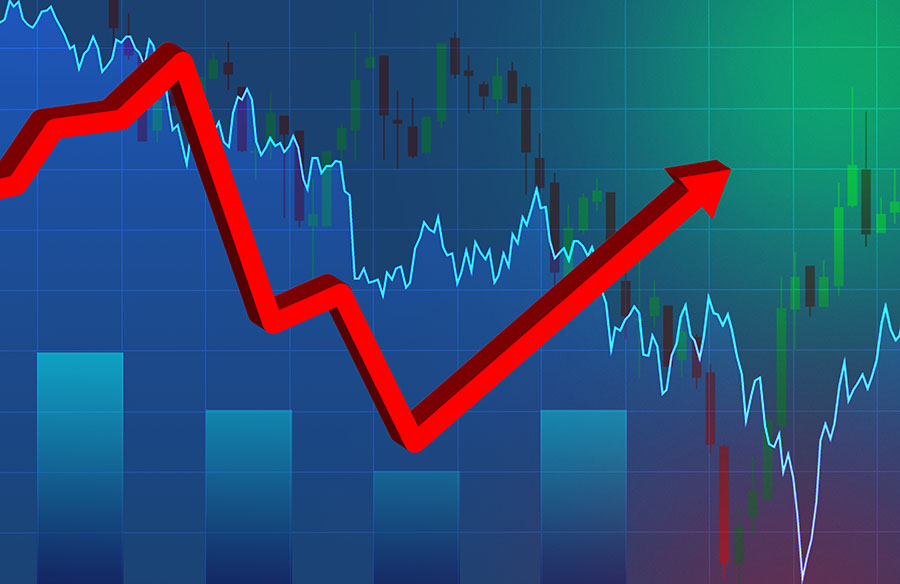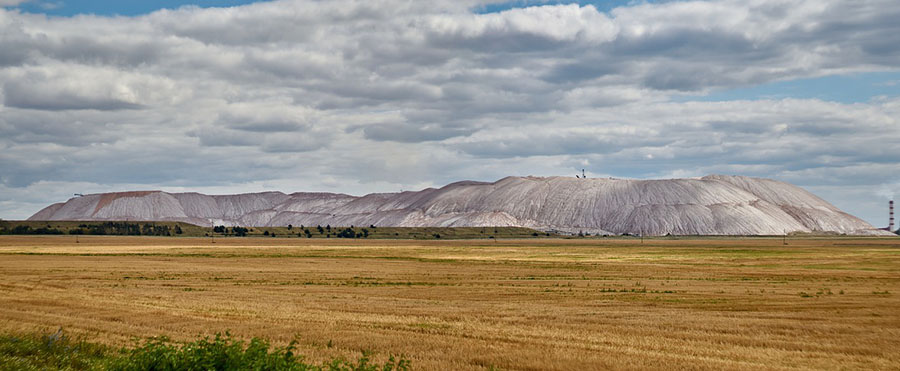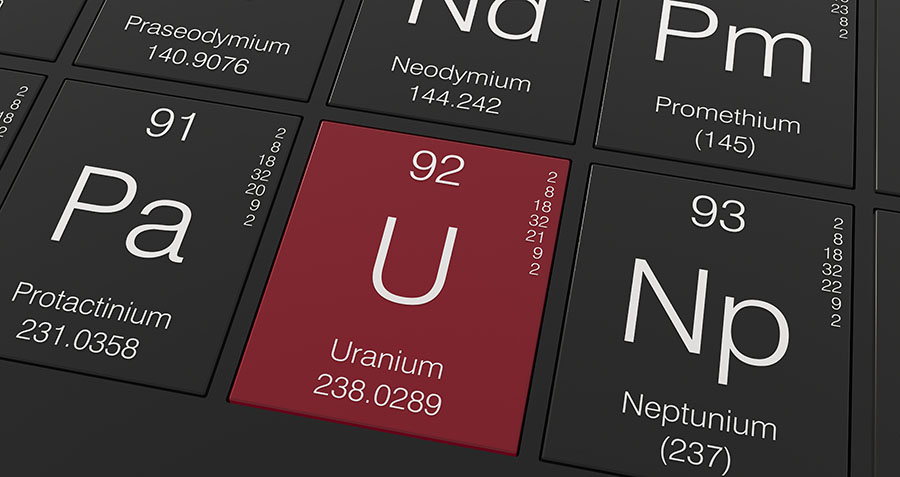The Energy Report: In your last interview with us, you talked about your firm's fair-value metric philosophy for evaluating which stocks look like good investment candidates. How has that worked out over the past year and a half?
Sid Rajeev: We are strong believers in fundamentals analysis. Short-term price movements are typically controlled by speculation and a lot of hearsay. It's easier to identify good investment opportunities through fundamentals analysis, especially with a one-year minimum investment time horizon.
TER: How does the current global economic picture influence your decision-making for resource investments into the foreseeable future?
"Short-term price movements are typically controlled by speculation and hearsay. It's easier to identify good investment opportunities through fundamentals analysis."
SR: We have seen a lot of good developments in the overall market in the past few months. First of all, the TSX Venture Index is up 10%. Moody's rating agency decided to maintain its rating on Spain. The U.S. economy continues to grow gradually. These are good developments that could result in a sentiment shift. We do see continued improvement, but it's going to be gradual. There are still a lot of extremely undervalued opportunities in this market that can provide high returns over the next 12 months.
TER: Demand projections for China and other developing countries are shifting. How is this going to affect the fertilizer and potash markets?
SR: Potash was trading above $800/ton in 2008. Prices then crashed to just over $300/ton in 2009. They picked up after and went above $500/t. Prices however dropped by about 10% in the past few months. Now, it's around $460–480/t. Our long-term potash price since last year has been $425/t. While many analysts and investors had to reassess their potash targets, because they were valuing those targets at extremely high potash prices, we did not have to make any significant changes. We continue to be strongly bullish on the segment in the long term, especially because the rationale is very simple. Developing economies need more and better food, and most importantly, the supply of arable land has been stable or decreasing, creating a huge need for fertilizers like potash.
"Many investors had to reassess their potash targets because they were using extremely high potash prices, but we did not have to make any significant changes. We continue to be strongly bullish on the segment in the long term."
We are bullish on the commodity and even more bullish on advanced junior North American potash companies. Remember that the potash segment is an oligopoly that is currently controlled by a few major producers. India and China are big consumers and need long-term, stable supply at reasonable prices. We think that they would make a move to assure that they can control some advanced-stage potash projects, which are now trading at extremely low levels. We expect to see some kind of joint venture or merger and acquisition (M&A) activity in the advanced junior space in the next 6–12 months.
TER: Which North American projects are looking good?
SR: Two companies that we actually follow and like are Western Potash Corp. (WPX:TSX.V) and Passport Potash Inc. (PPI:TSX.V; PPRTF:OTCQX). Western Potash has been a Top Pick for over 12 months. It's still one of our favorites. This company is one of the very few advanced-stage projects in Saskatchewan that has yet to be acquired or form a JV. Most of the projects around it have already been acquired. The company is going to come out with a feasibility study by late November. Most of the neighboring projects that have been acquired in the past were all at post-feasibility stage. So we think the next six months is going to be extremely exciting and crucial for the company because, if the feasibility study is positive, as we expect, it should open more doors to some kind of joint venture or M&A activity.
I think an ideal acquirer or JV partner would be a state-owned fertilizer company in India or China. One of the largest Indian fertilizer companies, Rashtriya Chemicals & Fertilizers Ltd., is looking to invest close to $1 billion in potash projects in Canada. I think they have already talked to most of the potash players in the space. A positive feasibility study could trigger some developments for Western Potash Corp.
TER: What's the story on Passport Potash?
SR: Passport Potash is another interesting story, but a more early-stage play. The project is in Arizona. Passport has dominant land acreage in the Holbrook basin. The company came out with an updated resource estimate last month. Its scoping study is expected in Q1/13. The main difference between Passport's project and Saskatchewan projects is that it is shallower. But size-wise, it's going to be significantly smaller. It's still early and there is still a lot of exploration going on in the region. Passport also recently signed a Letter of Intent with the Hopi Indian Tribe, which has allowed the company to include the Hopi lands in the upcoming Preliminary Economic Assessment (PEA). Passport has quite a few catalysts coming up, including a scoping study. It is also in discussions for financing, so we could see some kind of activity with this company over the next few months. It's currently trading at $0.20. Our fair value is $0.81.
TER: How does the uranium sector look to you?
SR: We have a long-term bullish outlook on uranium. Prices have dropped significantly over the last year to around $43–44 per pound (lb). Our long-term outlook on uranium is $70/lb. There are a few good uranium stories we cover. One of our favorites is a company called Strathmore Minerals Corp. (STM:TSX; STHJF:OTCQX). It has two advanced-stage projects in the U.S., one in New Mexico and one in Wyoming. The company recently signed a joint venture agreement with Korea Electric Power Corp. (KEPCO) to help advance its Gas Hills project. It also announced a positive PEA on its Roca Honda project.
TER: What about coal?
SR: Coal is another commodity we are bullish on. There is a company called Compliance Energy Corp. (CEC:TSX.V), which has five properties on Vancouver Island. It is focused on semi-soft metallurgical (met) coal. Coal comes in two types: met coal and thermal coal. Met coal has a higher value than thermal coal; prices of met coal have not dropped as much as thermal coal. Compliance Energy is now working on its environmental processing. The neighboring community has been extremely vocal against having a mine in the neighborhood, but we have not come across any major concerns. Progress is going to be slow and it is hard to predict an outcome, but we believe it is a good time for investors to get in if they want to speculate on a positive outcome on the environmental assessment. Right now, shares are at $0.09. Our last valuation in July was $0.85.
TER: That's a pretty wide spread. Are there any other interesting possibilities or developments out there that you want to mention?
SR: During a slowdown, investors typically look for safer assets. The junior mining segment is a highly speculative market. Within that sector, the safe assets, we believe, are the companies that are near-term producers or those that just started production with known exploration or production upside. We have been recommending such stories over the past year and most have done extremely well. The majority are in the precious metals sector.
Names on our coverage list that have done extremely well in the last year include Anaconda Mining Inc. (ANX:TSX). Anaconda is a gold producer in Newfoundland; shares are up 56% YOY. The company has been extremely successful in ramping up production and cleaning up its balance sheet. The second one is SilverCrest Mines Inc. (SVL:TSX.V; SVLC:NYSE.MKT), which is a silver producer in Mexico with significant exploration upside. SilverCrest shares are up 56% YOY as well. The third company is Diamcor Mining Inc. (DMI:TSX.V; DMIFF:OTCQX). This has been our best performer in the past year; shares are up 269%. The company and its partner Tiffany & Co. have a diamond project in South Africa that it acquired from De Beers; commissioning and testing activities are ongoing. The last one is Banks Island Gold Ltd. (BOZ:TSX.V); shares are up 14% since we initiated coverage last month. It has two advanced projects in British Columbia.
Just to close, remember that the junior mining market has always been a highly speculative one; it's mostly seen as a way to gamble. Here at Fundamental, we think it's easier to identify winners if you do fundamental analysis, proper due diligence, question the management team, ask them hard questions and see if the company has catalysts coming up in the next 6–12 months. If you do that, then you have a better chance of finding a winner.
TER: Thanks for speaking with us today, Sid.
SR: My pleasure.
Sid Rajeev heads the research department at Fundamental Research Corp., which covers over 150 small- and micro-cap companies and 15 exempt market/private issues in industries including energy, mining, real estate and technology. He also manages the company's list of Top Picks, which have historically helped the firm finish strong in third-party analyst performance rankings. Rajeev holds a Bachelor of Technology degree from Cochin University of Science and Technology, and a Master of Business Administration from The University of British Columbia. He is a CFA Charterholder.
Want to read more exclusive Energy Report interviews like this? Sign up for our free e-newsletter, and you'll learn when new articles have been published. To see a list of recent interviews with industry analysts and commentators, visit our Exclusive Interviews page.
DISCLOSURE:
1) Zig Lambo of The Energy Report conducted this interview. He personally and/or his family own shares of the following companies mentioned in this interview: None.
2) The following companies mentioned in the interview are sponsors of The Energy Report or The Gold Report: Strathmore Minerals Corp., Passport Potash Inc. and SilverCrest Minerals Inc. Interviews are edited for clarity.
3) Siddharth Rajeev: I personally and/or my family own shares of the following companies mentioned in this interview: None. I personally and/or my family am paid by the following companies mentioned in this interview: None. I was not paid by Streetwise Reports for participating in this interview. Fundamental Research Corp. provides fee-based coverage on companies mentioned in this article.



